Glacier hiking in Iceland is an unforgettable experience, but the cost of gear rental can quickly add up for travelers on a budget. With some strategic planning and insider knowledge, it’s entirely possible to explore Iceland’s icy wonders without breaking the bank. The key lies in understanding the rental landscape, timing your trip wisely, and knowing where to prioritize quality over savings.
The Icelandic glacier hiking scene has exploded in popularity over the past decade, creating a competitive market for equipment rentals. While some tour operators include gear in their package prices, many charge extra for essential items like crampons, ice axes, and waterproof clothing. Independent travelers venturing onto glaciers without guided tours face even steeper rental costs from specialty outdoor shops. This makes pre-trip research absolutely crucial for cost-conscious adventurers.
Timing your rental can make a dramatic difference in pricing. The peak summer months from June through August see the highest demand and consequently the highest rental rates. Visiting during shoulder seasons (April-May or September-October) often means lower prices and fewer crowds, though weather conditions become more variable. Some rental shops offer early bird discounts for reservations made at least two weeks in advance, while others provide last-minute deals to clear inventory during slow periods.
Location plays a significant role in rental costs as well. Shops in Reykjavík typically offer lower prices than those near popular glacier hiking destinations like Sólheimajökull or Vatnajökull. However, the savings might be offset by the inconvenience of transporting bulky gear. A smart compromise involves renting basic items like hiking boots and waterproof pants in the city, then picking up specialized glacier equipment closer to your hiking location. This hybrid approach balances cost savings with practicality.
Quality versus savings becomes a critical consideration when selecting rental gear. While it might be tempting to choose the cheapest available options, glacier environments demand reliable equipment. A leaking rain jacket or poorly fitted crampons can turn an amazing adventure into a miserable or even dangerous experience. Focus your savings on non-essential items while investing in quality where it matters most - particularly footwear and safety equipment. Many experienced hikers recommend splurging on good waterproof gloves and proper thermal layers, as these dramatically affect comfort on the ice.
The Icelandic weather is notoriously unpredictable, making layering systems essential for glacier hikes. Rather than renting expensive complete outfits, consider bringing your own base layers and mid-layers from home, then renting only the outer shell components. This approach cuts costs while ensuring you have properly fitted undergarments. Many rental shops offer package deals that include jackets, pants, and boots together at a discounted rate compared to individual item rentals.
Membership discounts represent another often-overlooked avenue for savings. Various organizations like Hostelling International, student unions, or automobile associations sometimes have partnerships with Icelandic rental companies. Even if no formal partnership exists, it never hurts to ask about membership discounts - many local businesses are willing to offer 10-15% off for students, military personnel, or members of certain travel clubs. Some credit cards also provide rental insurance coverage, potentially saving you money on the insurance fees charged by rental shops.
Alternative rental options beyond traditional outdoor shops are worth exploring. The thriving backpacker community in Reykjavík has created a secondary market for used gear, with several hostels and guesthouses offering informal rental services at lower prices. Online platforms connecting travelers also sometimes feature gear-sharing opportunities. While these alternatives may not provide the latest equipment, they can be perfect for budget-conscious hikers doing shorter glacier walks rather than technical ice climbing.
Understanding rental durations can lead to significant savings. Many shops charge the same daily rate whether you keep gear for 4 hours or 24 hours. Planning your hikes to maximize each rental day (perhaps combining a glacier hike with another outdoor activity the same day) makes the most of your money. Some companies offer progressively cheaper daily rates for multi-day rentals, making extended trips more economical. Always clarify the shop's definition of a "day" - some count calendar days while others use 24-hour periods from checkout time.
Hidden costs lurk in many rental agreements, particularly concerning damage waivers and cleaning fees. Some shops automatically add insurance unless customers specifically decline it, while others charge hefty cleaning fees for returned gear that appears muddy or wet (an inevitable outcome of glacier hiking). Reading the fine print and asking pointed questions about these potential extras can prevent unpleasant surprises when settling the bill. In many cases, personal travel insurance may already cover gear rental damages, making the additional waiver unnecessary.
The social aspect of gear rental shouldn't be underestimated either. Travelers staying in hostels or campgrounds often find fellow hikers willing to share or sell used gear at bargain prices. Some tour companies even maintain gear exchange boards where clients can connect after their trips. These informal networks can yield quality equipment at a fraction of commercial rental rates, though they require more flexibility in timing and equipment preferences.
Cultural considerations also come into play when renting gear in Iceland. Icelandic outdoor culture places high value on equipment reliability and proper maintenance. Rental staff often provide valuable local knowledge about current glacier conditions and necessary gear specifics for different locations. This free advice can help you avoid over-renting (paying for unnecessary technical equipment on an easy hike) or under-renting (skimping on crucial safety gear). Building rapport with rental staff might even lead to unadvertised discounts or gear upgrades.
For those combining glacier hiking with other Icelandic adventures, multi-activity rental packages can offer better value than single-use gear rentals. Some companies provide discounted rates for customers renting equipment for consecutive days of different activities (like glacier hiking followed by ice caving or lava tube exploration). These packages often include versatile items that work across multiple environments, reducing the need for specialized gear for each activity.
Ultimately, smart glacier gear rental in Iceland comes down to balancing safety, comfort, and cost. By researching options in advance, understanding the true necessities for your specific hike, and taking advantage of timing and location strategies, you can experience Iceland's breathtaking glaciers without overspending. The savings achieved through careful planning can be redirected toward extending your trip or enjoying other unique Icelandic experiences - perhaps a relaxing soak in the Blue Lagoon after your icy adventure.
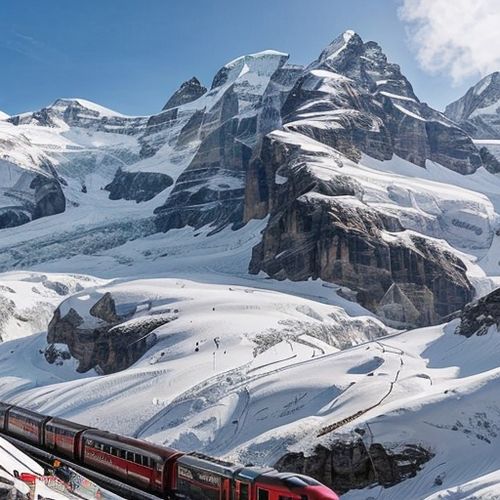
By Eric Ward/Apr 11, 2025
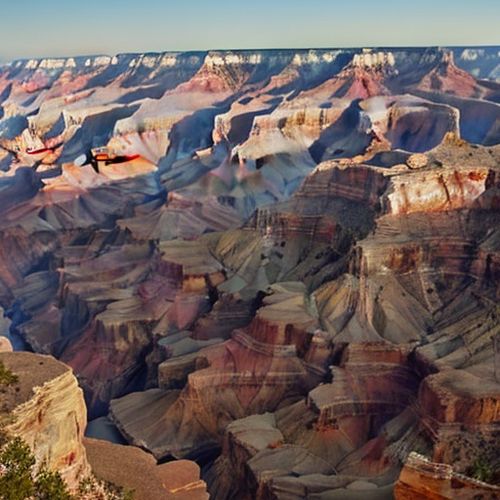
By Laura Wilson/Apr 11, 2025
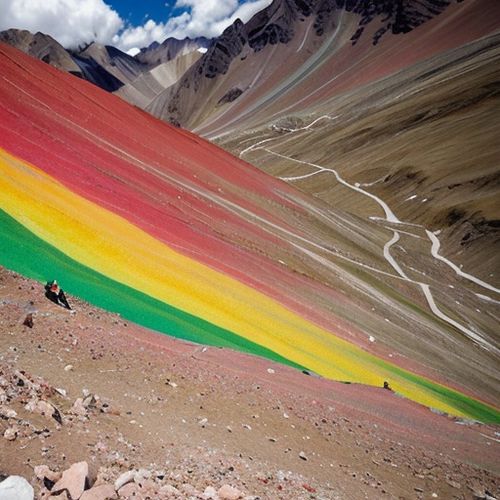
By Jessica Lee/Apr 11, 2025
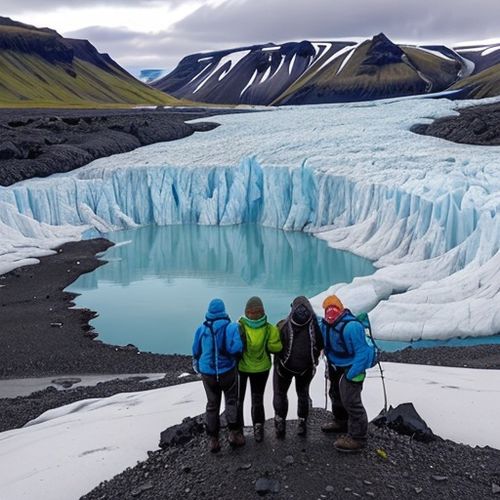
By Christopher Harris/Apr 11, 2025
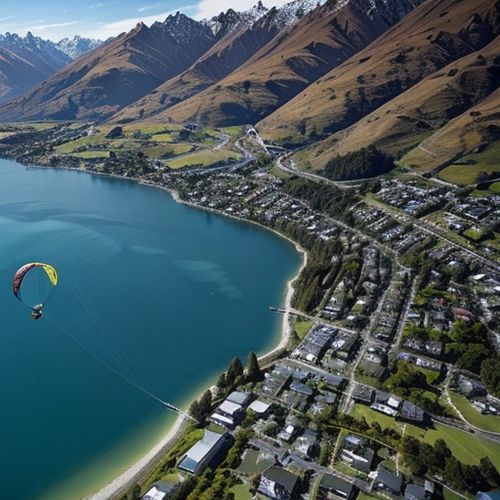
By Michael Brown/Apr 11, 2025
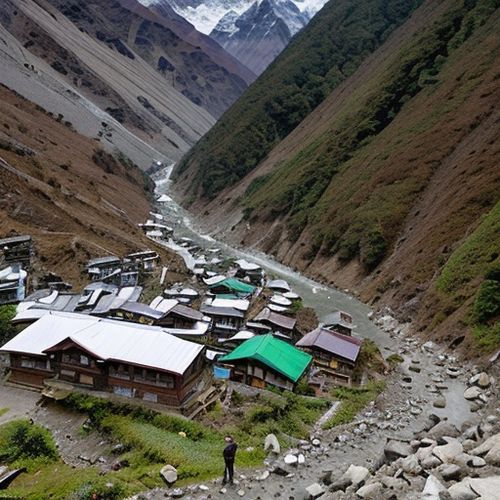
By Victoria Gonzalez/Apr 11, 2025
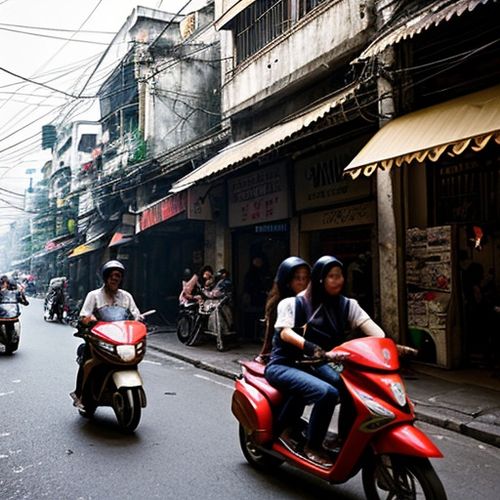
By Daniel Scott/Apr 11, 2025

By Natalie Campbell/Apr 11, 2025

By Daniel Scott/Apr 11, 2025
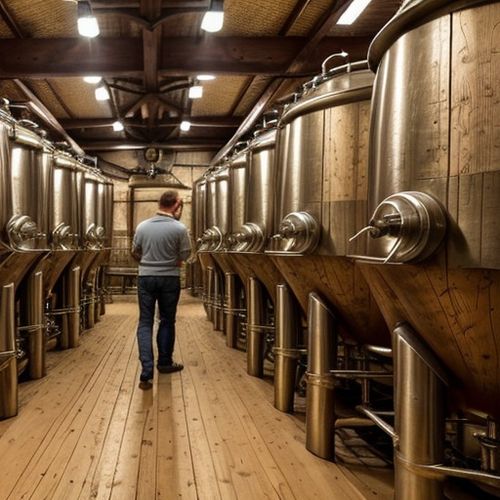
By Joshua Howard/Apr 11, 2025

By Christopher Harris/Apr 11, 2025

By Amanda Phillips/Apr 11, 2025

By Rebecca Stewart/Apr 11, 2025

By Amanda Phillips/Apr 11, 2025
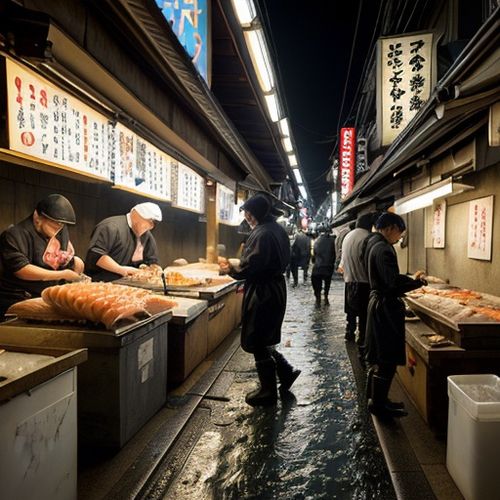
By Megan Clark/Apr 11, 2025

By Olivia Reed/Apr 11, 2025

By Jessica Lee/Apr 11, 2025

By Grace Cox/Apr 11, 2025
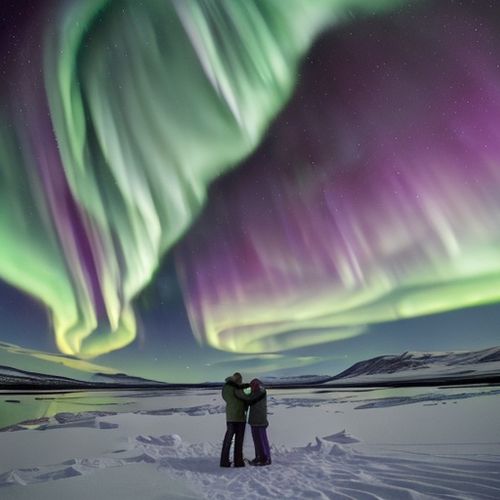
By Rebecca Stewart/Apr 11, 2025

By Olivia Reed/Apr 11, 2025